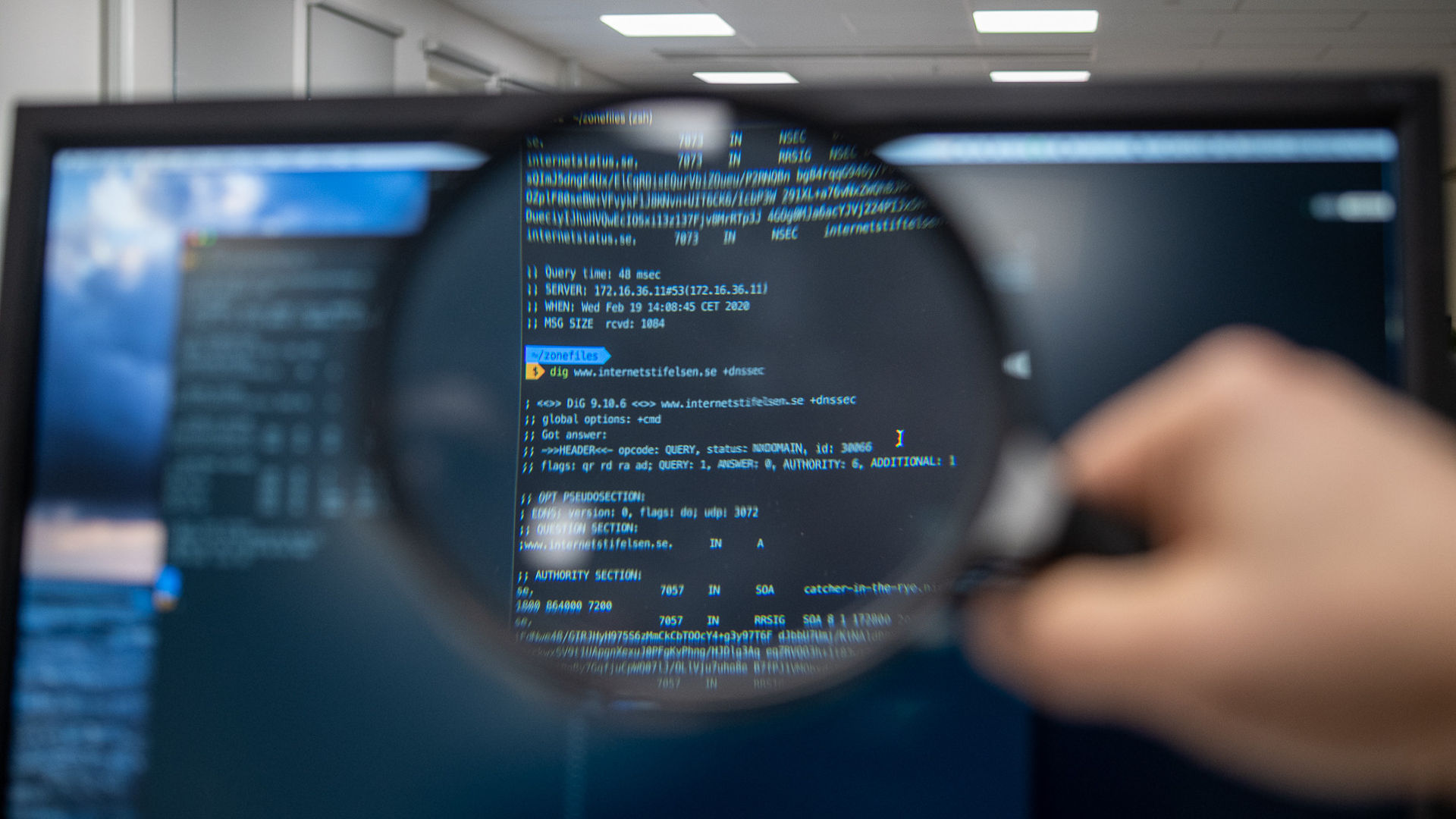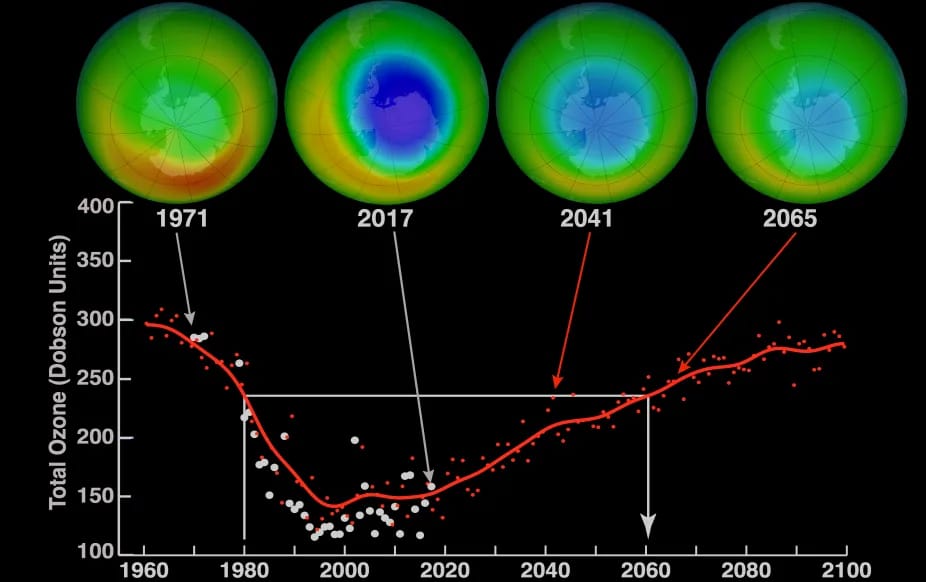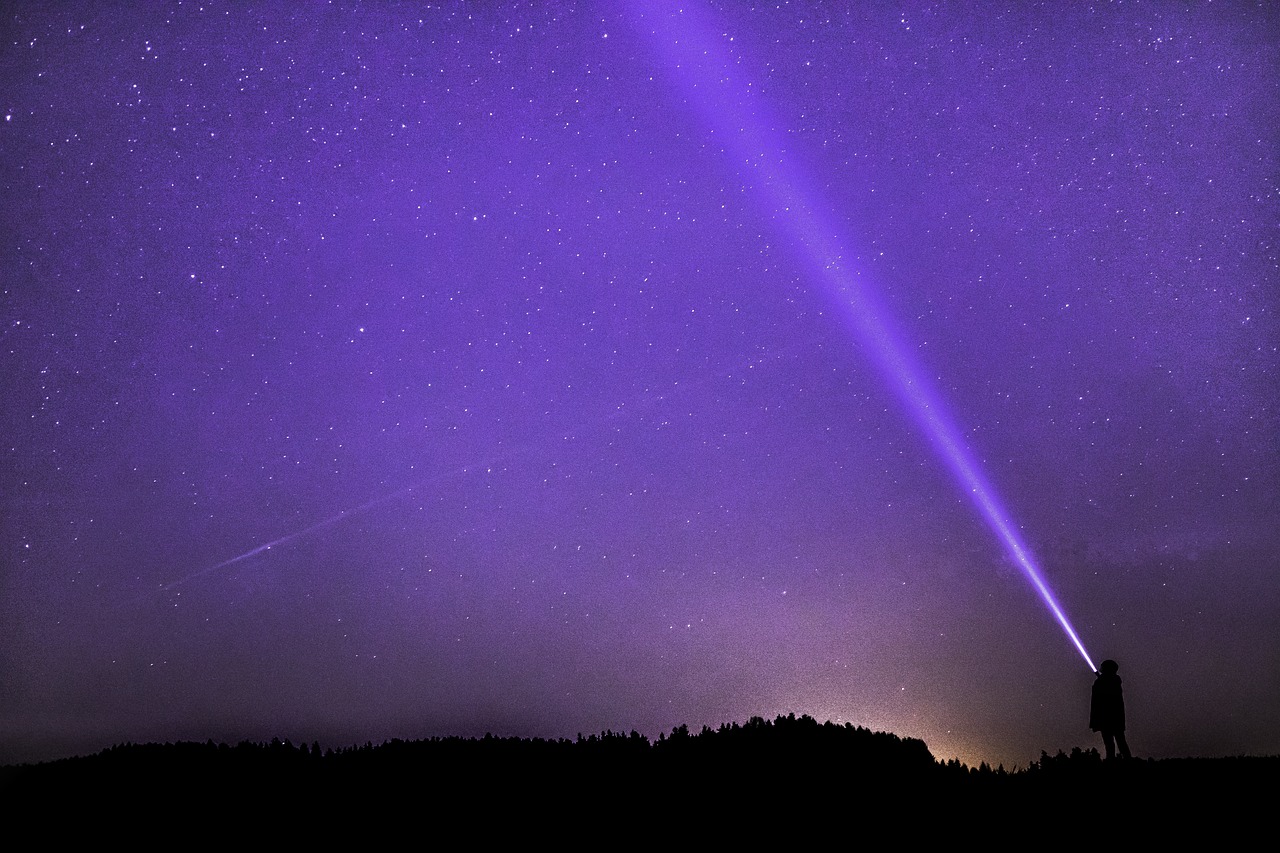Python: The Simple Language Powering Complex Science

Okay, so let’s imagine a tool so unassuming that it almost goes unnoticed just like the kid sitting on the middle bench in the class, yet it quietly powers some of the most ambitious scientific efforts of our time. That tool is Python. It didn’t emerge with a bang or from a billion-dollar company—it started as a hobby. And yet, over the years, it has become the heartbeat of research labs, data centers, and classrooms alike. What makes it so effective, so loved by scientists and thinkers across fields? Let’s dig into that.
Python wasn’t born in Silicon Valley. It came to life in the late 1980s in the Netherlands, in the hands of Guido van Rossum. Tired of the noise and clutter in other languages, he imagined something gentler, more readable. He named it after Monty Python—not because it was funny, but because it didn’t take itself too seriously but the odds were going to be different. Fast forward a few decades, and Python is everywhere: from high school code clubs to complex space missions.
Tick, Tick… The seconds are turning to minutes and minutes to hours like a river to sea and you’re staring at a problem: maybe a simulation of planetary motion or decoding genetic data. Time is short. You don’t want to waste hours figuring out how the language works—you want to focus on the problem. Python helps with that. It’s not just easy to learn. It’s intuitive. You write what you mean. Want to calculate something? You just write the math. Need to process a dataset? There’s likely a library someone has already built—and a community ready to help if you get stuck.
Let’s get practical. Python’s strength lies in what comes with it:
- NumPy for crunching numbers
- Pandas for taming messy datasets
- Matplotlib for turning results into visuals
- SciPy for modeling physical systems
- Biopython for genetic research
- TensorFlow / PyTorch for AI and machine learning
You don’t have to build from scratch. Most of the time, the building blocks are already there—you just arrange them.
This isn’t just classroom talk. Python powers real missions.
- NASA has used Python for planning space trajectories.
- Climate scientists rely on it to predict weather patterns and track global warming.
- Biologists use it to map DNA, predict protein structures, and more.
- It’s the go-to tool for anyone who wants to try ideas quickly and see results fast.
Let’s be honest—Python has flaws. It’s a turtle in comparison to C++ or Rust. It struggles with truly parallel execution because of the infamous GIL (Global Interpreter Lock). And managing packages can sometimes feel like navigating a minefield. But people stick with it as if they have grown to rely on it. Why? Because it saves time where it matters: your brain. If your bottleneck is writing and testing ideas—not squeezing out every last drop of performance—Python wins.
Python isn’t trendy. It’s dependable. It doesn’t shout. It just works. That’s why it keeps growing. It’s taught in schools. It runs in the browser through Google Colab. Even Excel is starting to speak Python now. That’s not just tech adoption—it’s cultural adoption. And as the world leans more on data, models, and automation, Python remains at the center.
Python didn’t become great because it was the fastest or flashiest. It became great because it made sense. It helped people think clearly and work faster. It let scientists stay focused on ideas—not syntax. It turned code into a canvas. In the end, that’s what makes Python the uncrowned king. It’s not just a language—it’s a love-hate relationship between Python and its developers. It says, Make it simple, make it elegant, and let the ideas shine through.
References
- Cock, P. J. et al. (2009). Biopython: Tools for Computational Biology and Bioinformatics. Bioinformatics.
- Lutz, M. (2013). Learning Python (5th ed.). O’Reilly Media.
- NASA Software Catalog (2021). General Mission Analysis Tool.
- Stack Overflow Survey (2023). Developer Survey Results.
Similar Post You May Like
-

CFCs, HFCs and their long, troubled history
At its peak, the ozone hole covered an area 7 times larger than the size of Europe, around 29.9 million km2, and was rapidly expanding
-

The Origin of Universe: Deciding point where it all began!
Let us unravel and surf through the ideas throughout ages to understand what the universe and its origin itself was to its inhabitants across history.
-

The Artemis Program
Inspired by the Greek goddess of the Moon, twin sister to Apollo, the artimis program was named on 14 May 2019 by Jim Bridenstine.






